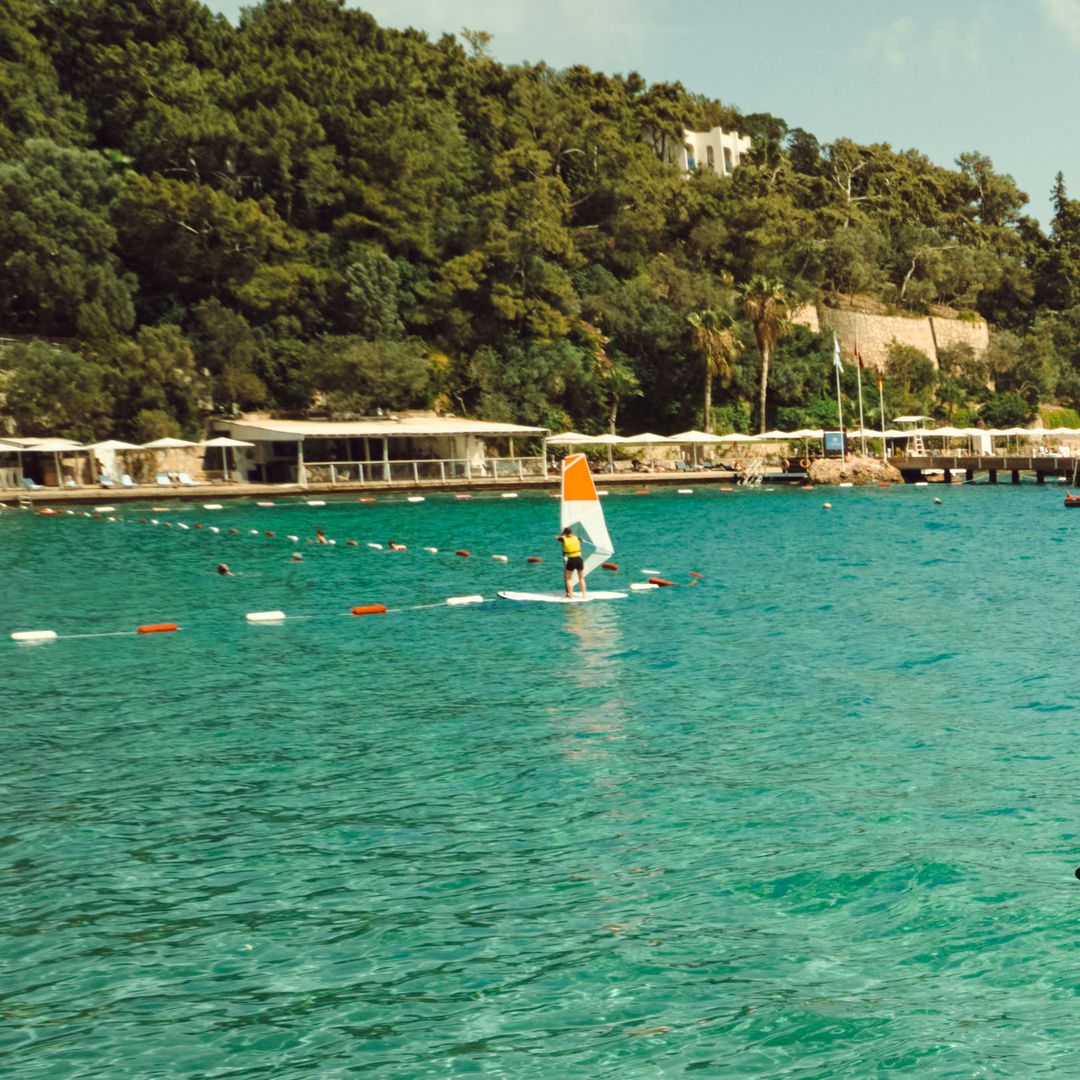The great Forbidden City of China lived up to its name for five and a half centuries. Originally the imperial residence where no one could enter or leave without the emperor's permission, from 1420 it was home to 24 emperors from the Ming and Qing dynasties. In 1912, on the forced abdication of Pu Yi – a boy of six - the Inner Court remained a kind of living prison for the child emperor. Even when he was evicted in 1924 it retained a great deal of its mystique, and it wasn't until far more recently that travel and tourism from the west was established. The vast palace complex was named a UNESCO World Heritage Site in 1987, the same year that saw the release of The Last Emperor, the award-winning film directed by Bertolucci, the first foreign director the Chinese authorities to allow to film inside the Forbidden City.
To enter the Forbidden City today is to leave behind the huge portrait of Mao that presides over Tiananmen Square and step back in time. This, the largest palace complex in the world, sprawls for 720,000 square metres, and comprises a thousand buildings with around 9,000 rooms and halls scattered between concourses and courtyards all enclosed by a huge wall and a vast moat six metres deep.
The symmetry and splendour of this icon of imperial China represents the balance between the cosmic triad formed by Heaven, Earth and Man, between which the emperor formed the only link.
The city, a microcosm designed exclusively for the imperial ruler, and kept so carefully for so long, is now visited by around seven million people every year. The vast complex was built on a rectangle in which each building was positioned and arranged according to the advice of geomancers and the hierarchy of its occupants. Among the pavilions of the Outer Court, where audiences were granted and great feasts, ceremonies and banquets held, are the magnificent Hall of Central Harmony, Hall of Preserved Harmony and, the most elegant of all, the Hall of Supreme Harmony, also known as the Golden Throne Room. Visitors can now wander freely around the Inner Court, the area reserved for the emperor, his wives and concubines, through superb apartments with names as evocative as the Hall of Heavenly Purity.
As well as the Forbidden City itself, and the Summer Palace, also in Beijing, China provided other locations for The Last Emperor: Changchun, including the train station, which was used for the film opening, and the Puppet Manchurian Imperial Palace which was the location for the deposed Pu Yi's palace in Manchukuo, and the city of Dalian, which served as the former Japanese colony of Tientsin, where the emperor took refuge after leaving Beijing.
Don't miss...Beijing is full of monuments and marvels, both ancient and modern: just outside the Forbidden City is Tiananmen Square, the third largest city square in the world, known internationally as the scene of protests in 1989, and site of the Mao mausoleum and the National Museum of China. Northwest of the centre, the Summer Palace, the emperors' summer retreat, has been described by UNESCO as “a masterpiece of Chinese landscape garden design” and on the other side of the city lies the Temple of Heaven which dates from the same time as the Forbidden City. Although many have disappeared to be replaced by modern high-rise buildings, Beijing still has some traditional hutongs - the east-west running alleyways that connect the courtyards shared between several residences. Perhaps the most iconic of the modern monuments is the National Stadium – known as the 'bird's nest' – that was designed for the 2008 Olympics. And then there's the surrounding area of the city, too, with the imperial Ming Tombs and sections of the Great Wall of China.
Further information: China National Tourist Office











